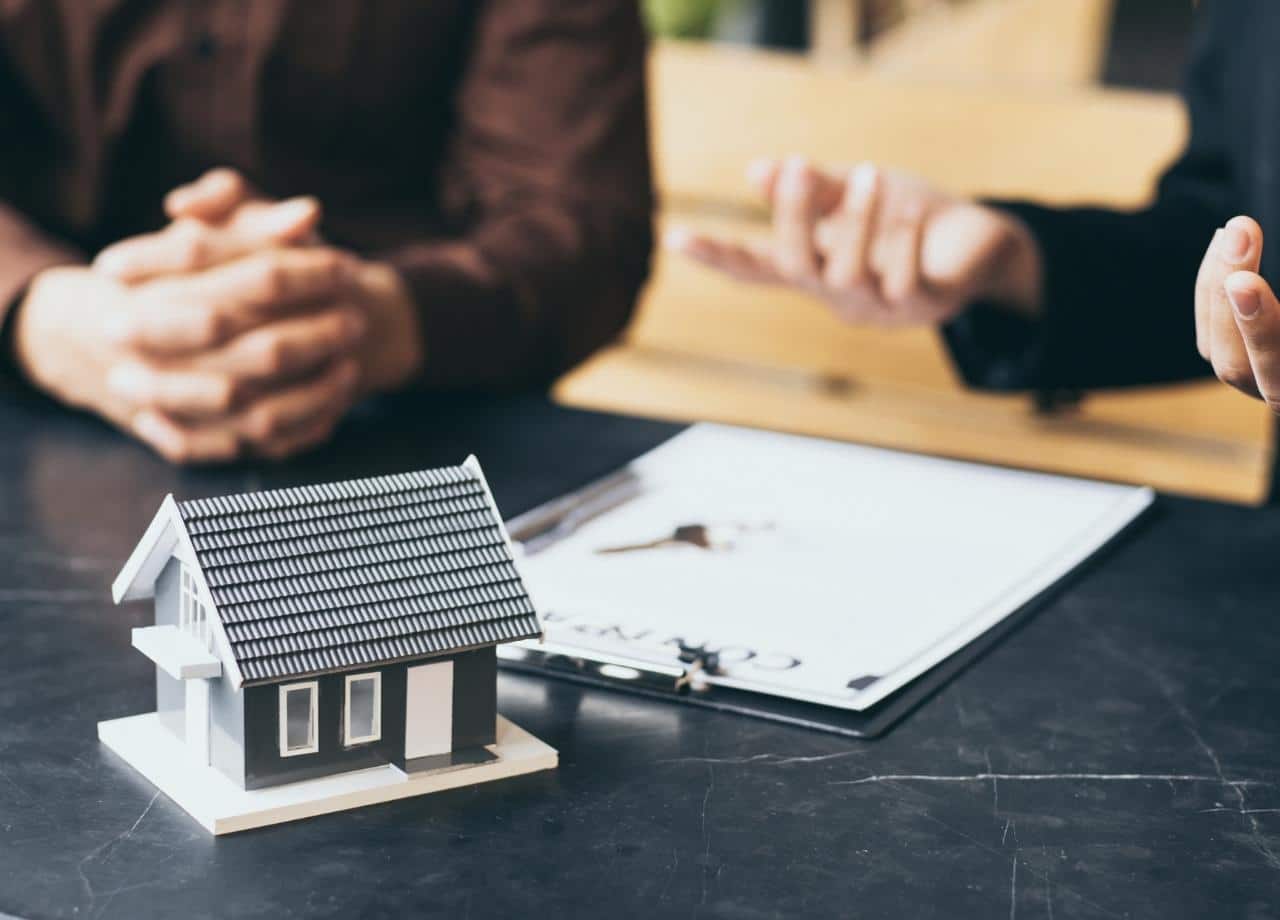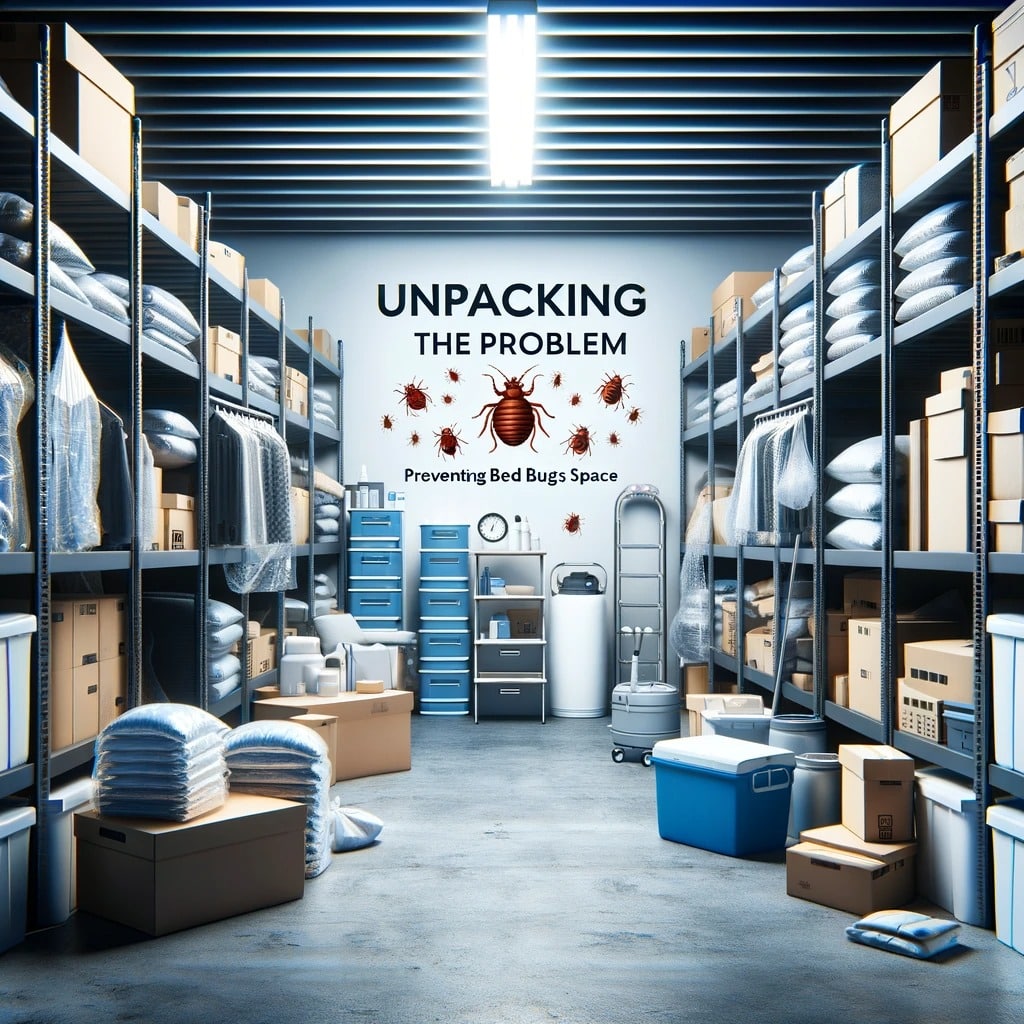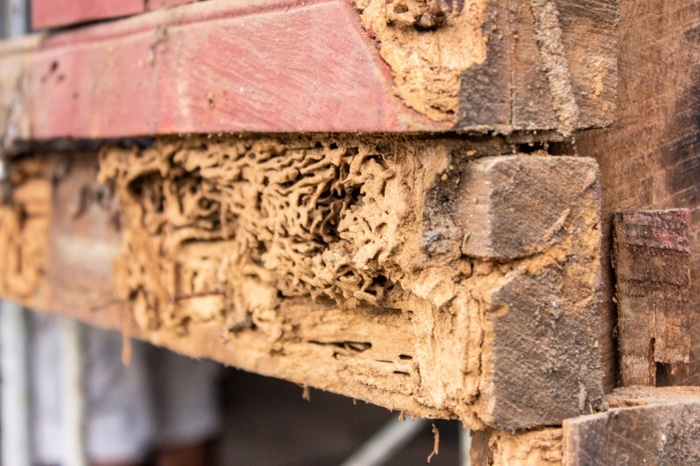There’s a reason the 1031 exchange keeps coming up in property management and real estate investing circles. It’s not a new trick, but it’s one that’s still just as powerful today—especially if you’re looking to scale without handing over chunks of your gains to taxes every time you sell a property.
Here’s what you need to know, in plain terms, and without the usual fluff.
Understanding the 1031 Exchange Without Overcomplicating It
The core of the 1031 exchange is this: when you sell a piece of investment real estate and make a profit, you can defer paying taxes on those capital gains—as long as you use that money to buy another investment property. This “like-kind” exchange rule lets you keep your money working for you instead of sending a large portion of it to the IRS right away.
It doesn’t mean you never pay taxes. It just means you don’t have to pay them yet. The idea is to keep rolling those gains forward, using the entire sale proceeds to step into better, bigger, or more strategically located properties. Think of it as upgrading your portfolio without being penalized for growing.

Modern Pest Control, Simplified.
This Isn’t Just for High-Rollers or Big-Time Investors
One common misconception is that 1031 exchanges are only for big commercial players or folks moving tens of millions around. That’s not the case. I’ve seen small-time investors who started with a single rental home work their way into small apartment buildings through exchanges. The scale doesn’t matter as much as how you use the strategy.
Even property managers or owners of a handful of units can use a 1031 exchange to shift into properties that fit better with their long-term goals—whether that’s higher cash flow, less maintenance, or simply moving into a better market.
Timelines Are Everything, and They’re Tight
The IRS doesn’t leave much room for mistakes here. Once you sell your property, you’ve got 45 days to identify potential replacement properties. And not just a vague list—you need to submit a written identification that fits certain criteria. Then, you have to close on the new property within 180 days of the original sale.
Miss those deadlines, and the whole exchange is void. That’s not a slap on the wrist—it means you now owe capital gains taxes, and maybe depreciation recapture too. I’ve seen deals fall apart because someone tried to wing it or left it all to the last minute. Planning ahead and working with people who know the process is non-negotiable.
What Counts as “Like-Kind” Is Surprisingly Flexible
This is one of the parts that confuses people the most. You don’t need to swap a duplex for another duplex. “Like-kind” is broad. As long as both the property you’re selling and the one you’re buying are held for business or investment purposes, it counts. You could exchange an empty piece of land for an apartment building. Or a strip mall for a vacation rental you intend to rent out consistently.
What you can’t do is sell an investment property and buy something for personal use, like a second home you’ll use yourself. The IRS doesn’t play around with that, and using the wrong property can trigger a failed exchange.
The Role of the Qualified Intermediary Is Crucial
Here’s a rule that trips up even experienced owners: you can’t touch the money from the sale. Not even for a day. The funds have to be held by a qualified intermediary (QI)—someone who acts as a neutral third party and handles the money during the exchange.
If the sale proceeds ever hit your bank account, the IRS considers the exchange complete, and you owe taxes. So your QI handles everything, from collecting the funds to coordinating the timeline and documentation. Choose carefully—this person is handling hundreds of thousands, or even millions, of your dollars.
Trading Up: Growing Your Portfolio Without Extra Taxes
One of the best ways to use a 1031 exchange is to “trade up.” That means using the sale of a smaller property to buy something bigger or more valuable. I’ve worked with owners who sold two small rental houses and used the combined proceeds in a 1031 exchange to buy an eight-unit apartment property. They went from managing two rooftops to one building, collected more rent, and boosted equity—all without handing over 15% to 20% in capital gains taxes.
You’re not limited to going bigger, though. Some investors use it to consolidate multiple properties into one or to move into properties that are easier to manage or located closer to home. Others use it to swap into properties in faster-growing markets where appreciation potential is higher. The point is: you’ve got options, and the 1031 exchange gives you room to maneuver.
Don’t Forget About Depreciation and Its Impact
Another piece that’s easy to overlook is depreciation. If you’ve owned the property for a while, chances are you’ve been depreciating it on your taxes. When you sell, the IRS wants some of that back—this is what’s known as depreciation recapture. It’s taxed at a higher rate than regular capital gains, often around 25%.
A 1031 exchange can defer depreciation recapture too. That’s a huge benefit, especially for properties that have been on the books a long time. You’re not just avoiding capital gains taxes—you’re avoiding the depreciation tax hit as well. But again, you’re only deferring. If you sell the replacement property later without doing another exchange, the tax bill will come due.
This Strategy Isn’t for Every Situation
While 1031 exchanges can be incredibly useful, they’re not always the right move. If you’re selling a property at a loss, for example, there’s no gain to defer. Or if you need immediate access to the sale proceeds for another investment or personal use, the structure of an exchange may not work.
There’s also the consideration of holding time. Properties used in a 1031 exchange need to be held for a reasonable amount of time—usually at least a year—to demonstrate that they’re true investment properties. Flipping doesn’t fit here. If your goal is short-term gain, this probably isn’t your play.
Planning Ahead Makes All the Difference
The most successful exchanges are the ones where the investor starts planning months before listing the original property. Waiting until you’re already under contract can be risky. The tight timelines and rigid rules don’t leave a lot of wiggle room.
I always recommend investors speak with their tax advisor, their real estate agent, and a qualified intermediary well in advance. The earlier you plan, the more leverage you have to find a replacement property that actually helps your portfolio, not just one that meets the IRS requirements.
It’s a Tool—Not a Shortcut
At the end of the day, a 1031 exchange is just one of many tools you can use to grow your real estate investments. It’s not a shortcut, and it’s definitely not something to rush into without knowing what you’re doing. But when used right, it lets you keep more of your money working for you—and that’s the name of the game in this business.
You don’t need to be an expert in tax code to take advantage of it. You just need to understand the basics, lean on the right professionals, and have a clear plan for what kind of portfolio you’re trying to build. Whether you’re going from single-family to multifamily, or just shifting into a better market, a 1031 exchange gives you more control over how and when you grow.






